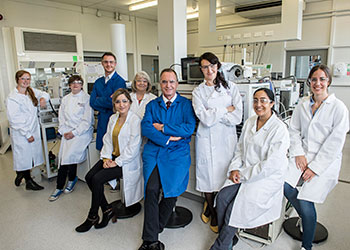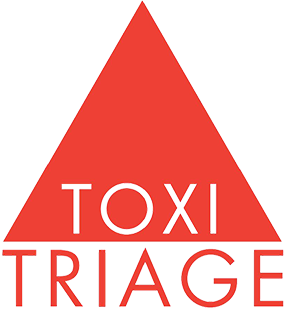Accurate and rapid CBRN diagnosis
In a chemical, biological, nuclear or radiological (CBRN) emergency the risk of mass casualties is high and the need for accurate and rapid diagnosis essential.
Researchers from Loughborough’s Department of Chemistry are creating new technologies that enable the diagnosis of CBRN agents from a simple breath, saliva or skin test.

Working with the TOXI-Triage partners they have identified candidate metabolic markers present in the breath, saliva or skin of someone affected by radiation, and work is underway on the data they have recovered from toxic alcohols and pesticides (which act in a similar manner to nerve agents).
They have used these metabolic markers to create a ‘diagnosis map’ which can be used alongside new analysis technology to carry out rapid triage of casualties in a CBRN emergency.
The breath, saliva or skin testing utilises Ion Mobility Spectrometry (IMS) – an analytical technique used to separate and identify ionized molecules in the gas phase – along with Gas Chromatography (GC) – a procedure used for separating and analysing compounds that can be vaporized without decomposition.
As well as identifying those who need urgent treatment, the technology can also quickly give the all clear to those that have not been affected. Reassurance in such crisis situations is equally as important to not overburden healthcare services that would already be under great stress.
